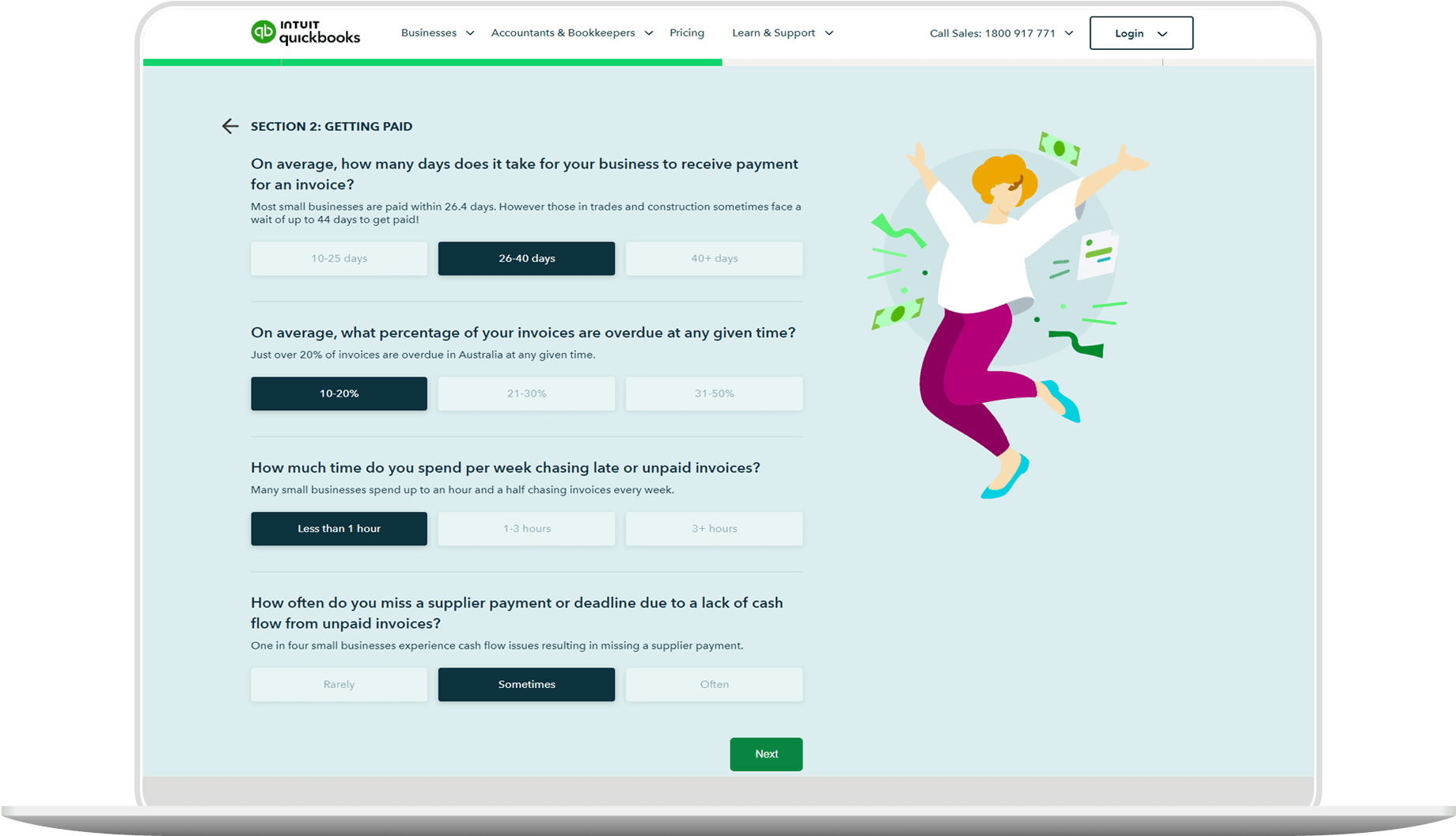Invoice dispute laws
There are some laws that remotely touch on invoicing disputes, but they aren’t the first place you should look to understand your rights regarding disputed invoices. First, you need to look at the contract between you and your customer.
What is the contract between you and your customer?
There is an obvious answer to this question if you negotiated a formal agreement with your customer. Examples include a services agreement, supply agreement, distribution agreement or purchase agreement.
But what if you didn’t make your contractual relationship so formal?
In this case, start looking at the transactional documents between you and your customer. Do your customers’ purchase orders include terms and conditions? Do the invoices you send customers have terms and conditions or terms of sale attached? Do you require customers to agree to basic terms and conditions to set up an account with your business? Even if you didn’t negotiate a long, formal contract with your customer, there’s probably some terms and conditions somewhere.
If there is a contract of some sort between you and your customer, there’s likely some language that specifically addresses invoices:
It’s in this section of your contractual language that you will find how to handle an invoice dispute. Typically, invoice dispute language will lay out a simple procedure to follow in the event that an invoice dispute arises. Common invoice dispute contractual procedures include:
- Formal notice of dispute
- Detailed description of the cause of the dispute
- Required payment of the undisputed amount.
If you don’t see any mention of invoice disputes in the legal documents between you and your customer, don’t stop there. The next place to look is in the general dispute clauses. These are frequently buried at the bottom of contracts under a miscellaneous section. The general dispute clause won’t specifically mention invoices; rather, it describes the procedures to follow for any dispute between the parties.
If you find no formal contract, no terms and conditions attached to a purchase order or invoice, nor anything else that contains legalese, then look to the invoice itself and the law.
Contract law governs invoice disputes, and it changes from location to location. Without a contract in place specifically addressing how invoice disputes should be handled, contract law applies general legal concepts to the invoice dispute. For example, contract law will take a look at the purchase order against the invoice. Certainly, both of these documents include a product or service and a price. They most likely include a payment term, a shipping term and a few other common elements.
Contract law first directs the parties to take each of these documents at face value. Do they agree or conflict? If the invoice dispute falls outside the basic elements of a purchase order and invoice, contract law then looks at supplemental evidence such as how the parties have historically transacted business, standard industry practices, and what promises they made during the negotiation.
This may sound like a reasonable approach to resolving an invoice dispute. However, if you are relying on contract law to resolve an invoice dispute with your customer, it most likely means you are in court, or at least mediation. Court cases and mediation are expensive, and they often mean the relationship with your customer is ruined.
To avoid letting a court decide your invoice dispute, make sure to have some basic invoice terms contractually agreed to with your customers before you start business. It could be a formal supply or services agreement, or it might be something as simple as purchase order terms and conditions. Short and simple or long and negotiated, the best way to avoid a legal battle with your customer over an invoice dispute is to get a contract in place before a dispute arises.


















